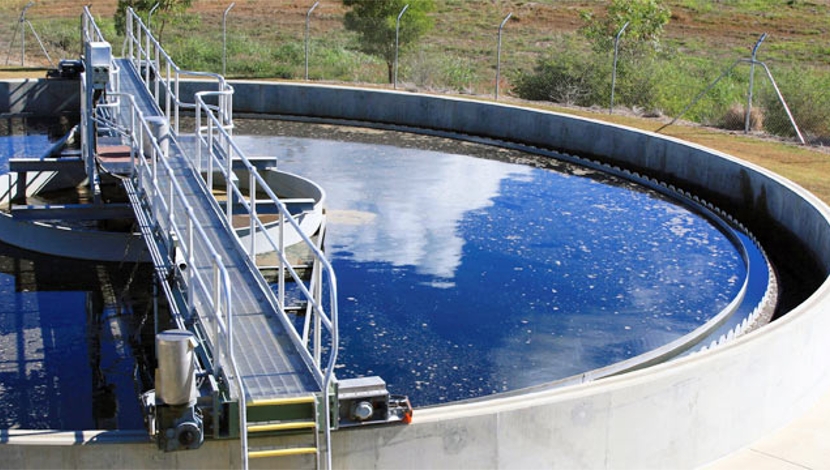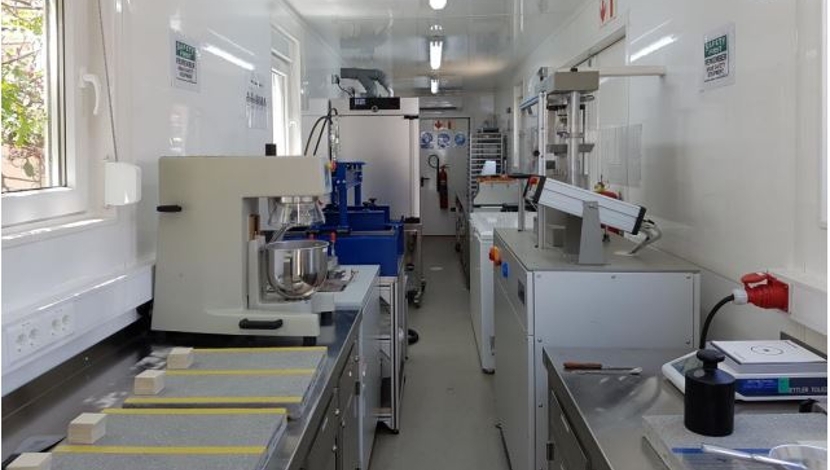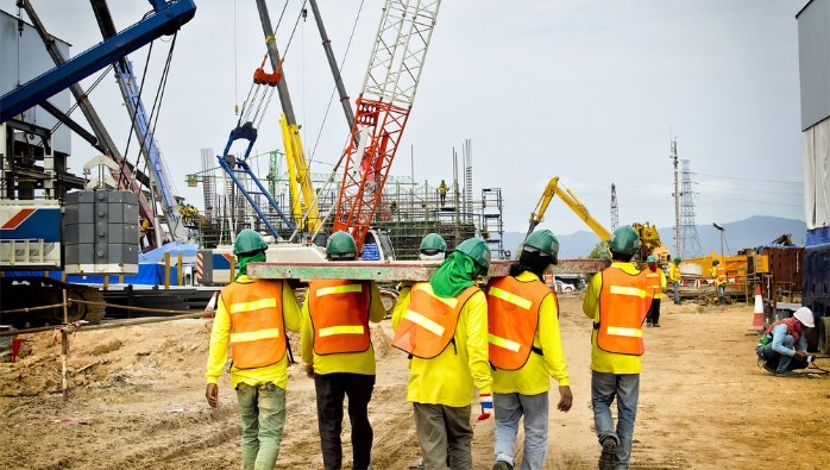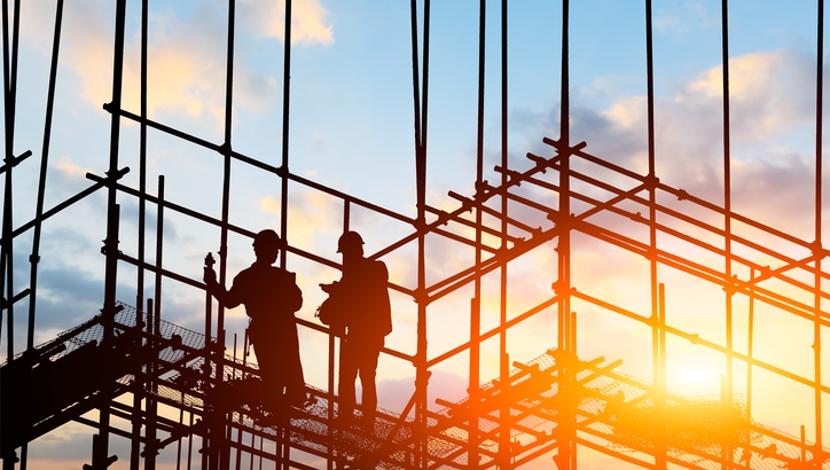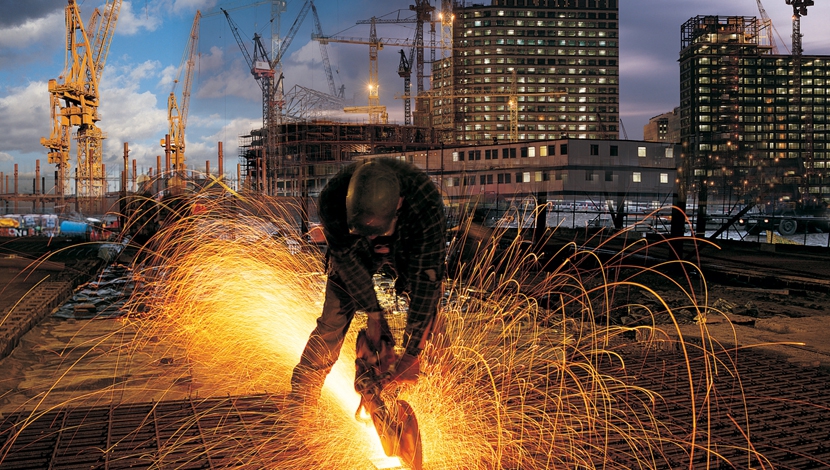
![Trends to look out for in Southern Africa's construction industry in 2017 - [http://businessmirror.info/wp-content/uploads/2014/09/New-Construction.jpg]](https://concretetrends.dmgeventslive.com/wp-content/uploads/2017/02/1e520037c3f782a47736d20a40829308.jpg)
With 2016 bringing a year of unexpected developments across the globe, from Brexit to the election of the 45th president of the US, and from falling commodity prices to waning GDP growth across Africa, there are now diverse global realities impacting the African continent as a whole and Southern Africa’s construction industry in particular.
Here are the top trends to watch that will impact Southern Africa’s construction industry in 2017:
1. Spatial transformation:South Africa’s National Development Plan (NDP) identifies spatial transformation as one of its key objectives and neighbouring countries are following suit. At a technical level, changes in regulation and the introduction of many new building, planning and environmental regulations require expert technical and scientific input at the early stages of architectural design. The project design process is moving towards a cyclic and iterative rather than linear model, which will translate into the spatial transformation of the built environment in the medium to long term.
2. Building information modelling (BIM):Building information modelling is an innovative technology and process that is transforming the way buildings are designed, analysed, constructed, and managed across the globe.
“The time for us to rethink our quality control systems is now and for us all to benefit from information technology that is constructed and developed efficiently for a construction environment,” says Vaughan Harris, executive director of the BIM Institute in South Africa.
3D modelling is just part of the BIM process and will only drive transformation if it’s combined with wider and deeper support from the industry, including behaviour, culture, transparency and processes.
3. Demand for green cement:The global market for green cement is expected to grow to $38.1bn by 2024 from $14.8bn in 2015. Green cement reduces the carbon footprint of construction activities through the substitution of cementitious industrial wastes, such as fly ash from coal-fired power plants and slag from the steel and iron processing industry as a replacement for traditional cement.
Demand for green cement in Africa will provide an increasingly lucrative market over the next few years due to growing trends in sustainability and energy efficiency for both buildings and infrastructure. 2017 will witness an increased demand from local African marketplaces for more sustainable products in the local built environment.
The Southern African construction industry is a growing market offering attractive business opportunities. The fifth annual African Construction and Totally Concrete Expo is taking place on 23–24 May 2017 at Gallagher Convention Centre, Johannesburg and will provide access to the African built environment.

